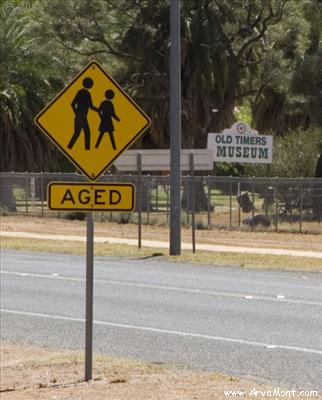|
(Clicking on an image below will bring up a larger version of it.)
Since we have been to Australia before,
we've seen Melbourne and Sydney and we've snorkeled on the Barrier Reef. So
this time we headed first for the Top End and the
Red Centre.
The Top End is the north central part
of Australia - it is the Top End of the Northern Territory. Have a look at
this map if you are having trouble visualizing it.
The Top End is in a tropical climate, so it has basically two seasons - wet and
dry. Guess what season we were there - yep, the wet! This means that
it was both hot and humid. Unlike some places you hear about, the wet
in the Top End is not predictable. It doesn't always rain at 3 pm, it
rains whenever it feels like it. You have about 15 minutes warning - if
you are paying attention, because about 15 minutes before a big storm hits the
humidity gives just a bit and you can detect a coolish breeze. Strangely, even in the wet, the Top End has
more hours of sunshine that most other places in Australia.
The Northern Territory has many large
national parks. The one we chose to go to is called Kakadu.
Kakadu National Park
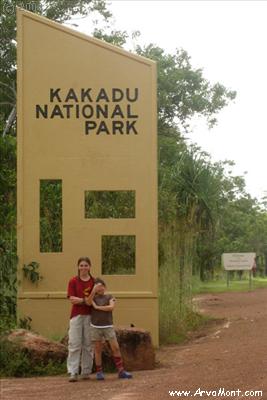 Kakadu is a huge expanse of
undeveloped land and comprises escarpment, billabongs, rivers, marsh, grassland,
woodland and more. Unfortunately, during the wet, much of this diversity
is hard to reach, because of all the water! And water represents danger in
these parts,
given the estuarine crocodiles (aka salties) who inhabit these waters. There are also
many different animals to see here. And there is history - this is
aboriginal land and there is evidence of long aboriginal inhabitation of these parts. Kakadu is a huge expanse of
undeveloped land and comprises escarpment, billabongs, rivers, marsh, grassland,
woodland and more. Unfortunately, during the wet, much of this diversity
is hard to reach, because of all the water! And water represents danger in
these parts,
given the estuarine crocodiles (aka salties) who inhabit these waters. There are also
many different animals to see here. And there is history - this is
aboriginal land and there is evidence of long aboriginal inhabitation of these parts.
Escarpment
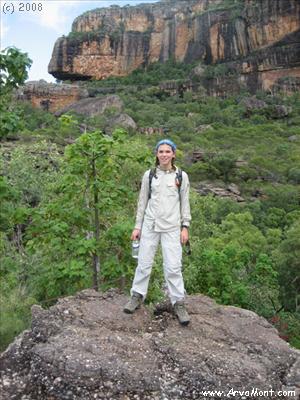
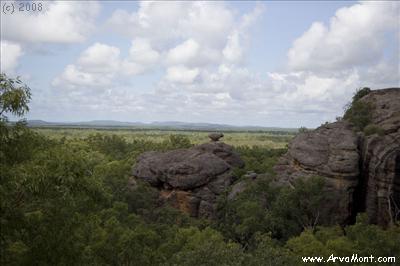
Billabongs
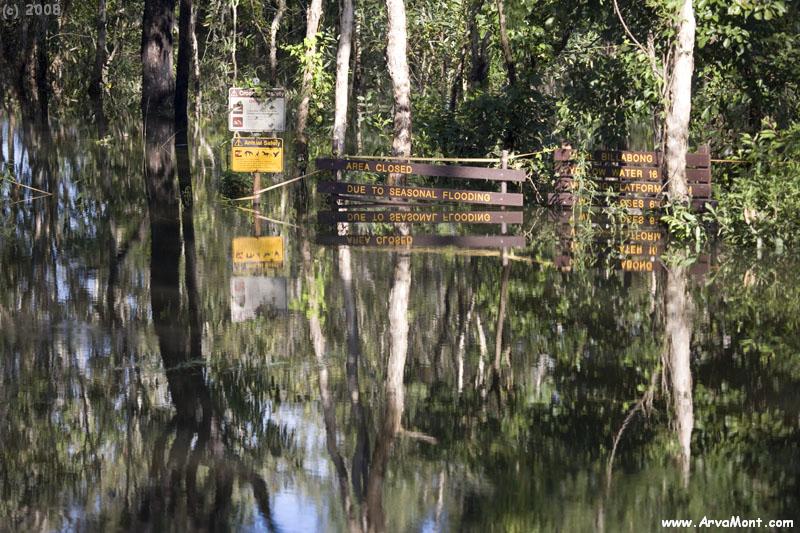
Read
that sign carefully! This is Croc territory - we weren't heading that way!
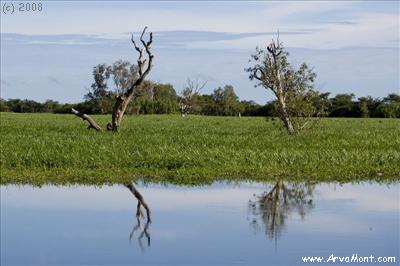
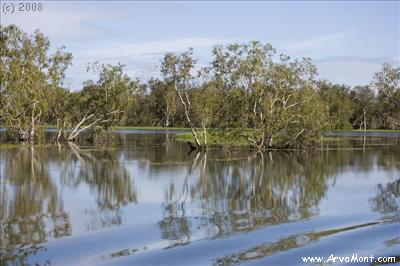
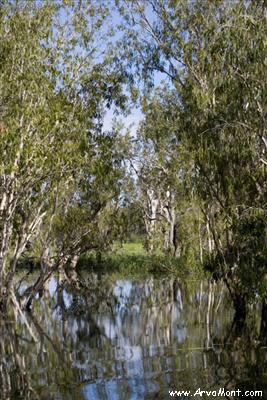
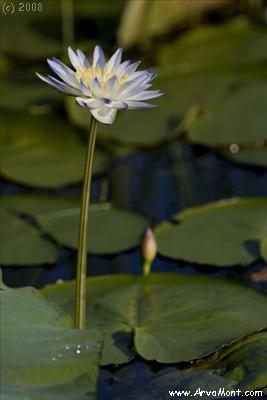
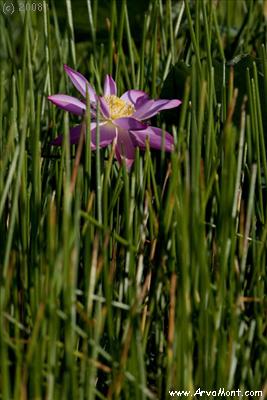
Woodland
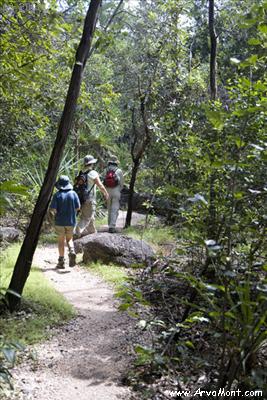
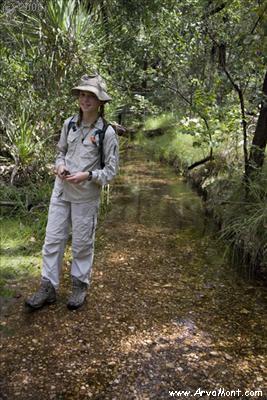
Marshes
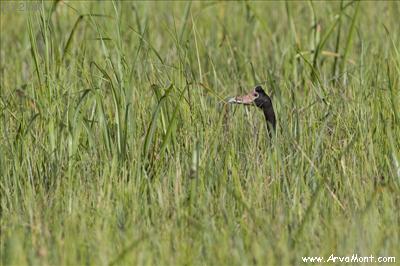
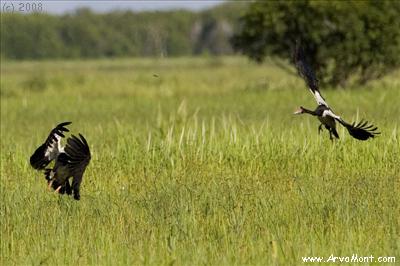
This looks like grassland, but really it is marshland. And in this
marchland there were thousands of nesting magpie geese!
Grasslands
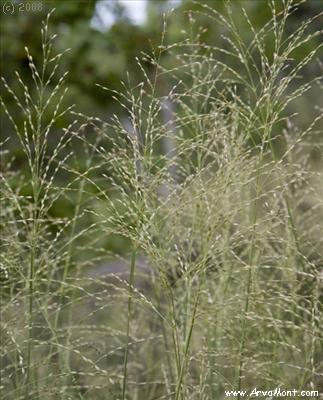
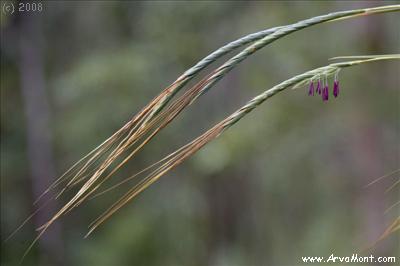
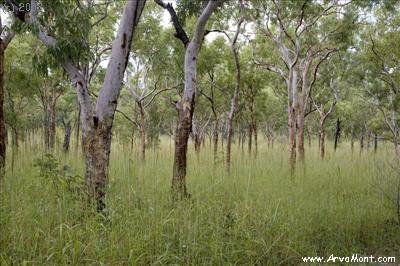
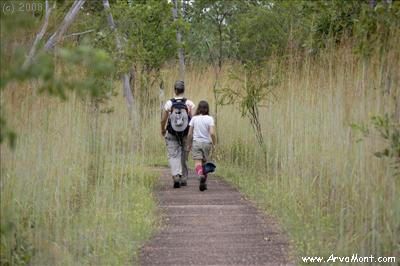
Mammals
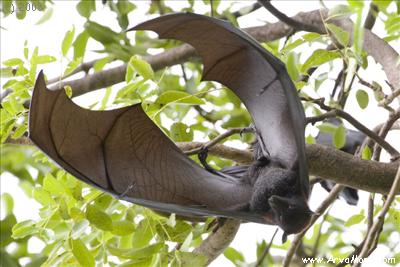
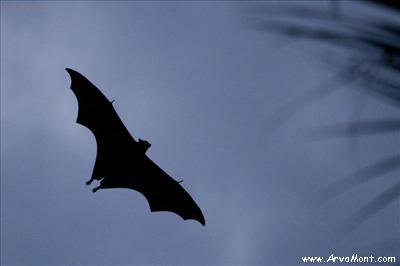
We also saw several Agile Wallabies,
but they just weren't into posing. There were also several dingoes about,
which we initially mistook for domesticated dogs!
Birds
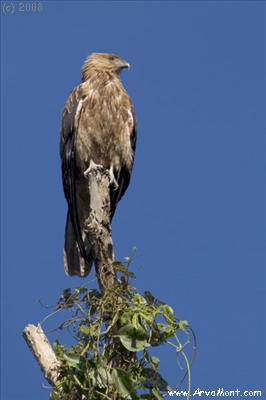
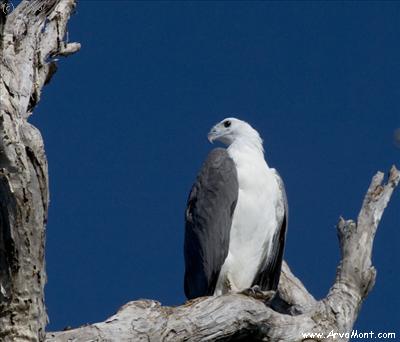 black kite and white bellied sea eagle
black kite and white bellied sea eagle
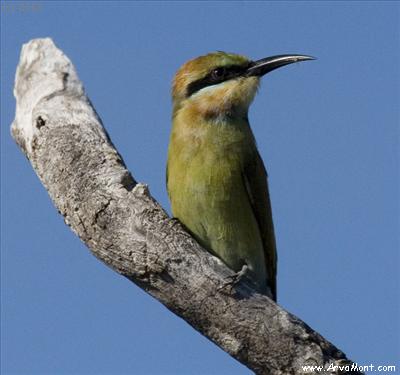
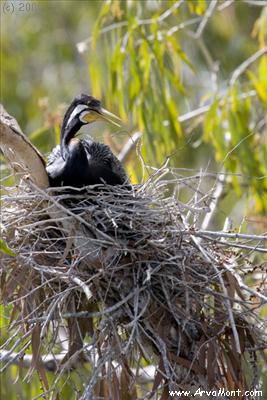
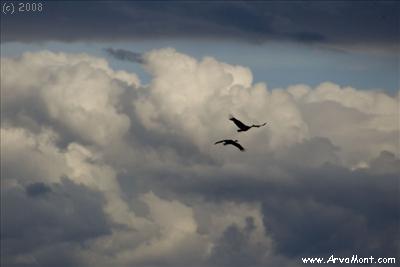
Little bee eater
Darter
Magpie geese
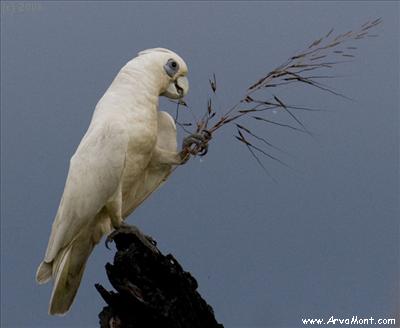
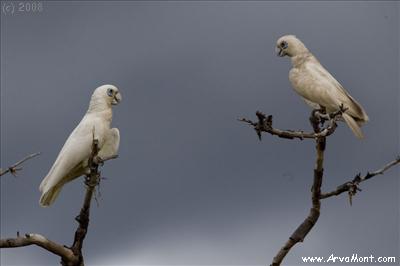 Corella Corella
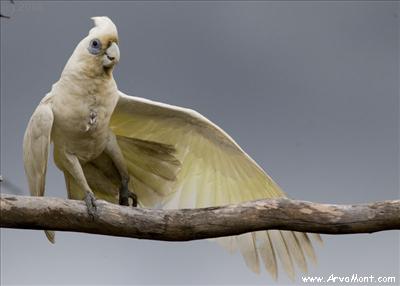
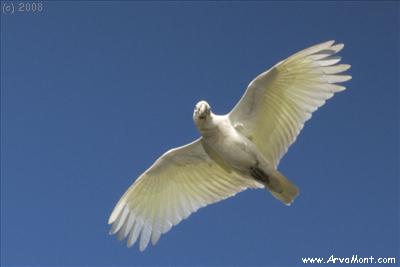
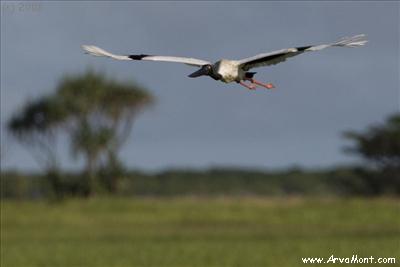
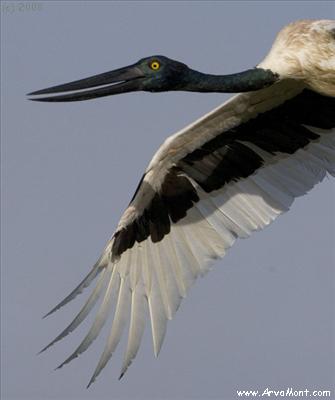
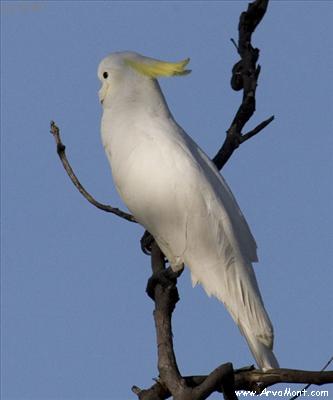
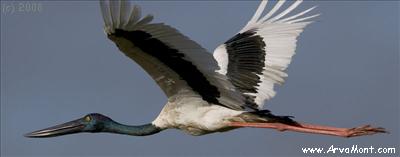
Above right: sulfur-crested cockatoo
Above and left:
Jabiru or black-necked stork.
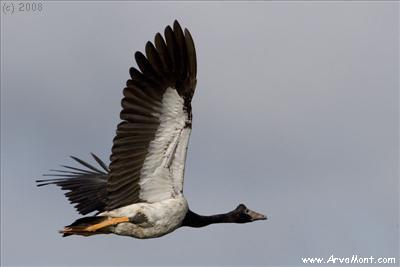
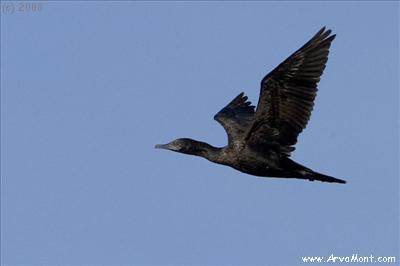 Magpie goose and cormorant in flight
Magpie goose and cormorant in flight
Amphibians and Reptiles
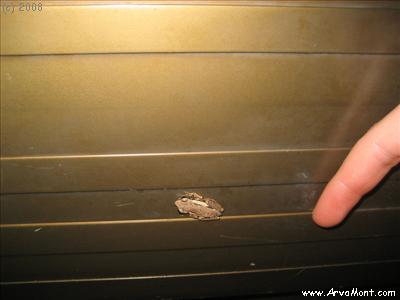
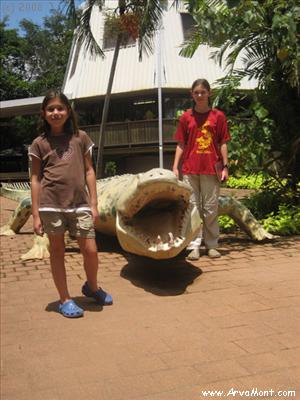 Luckily this one is just a fake!
Luckily this one is just a fake!
Insects and Spiders
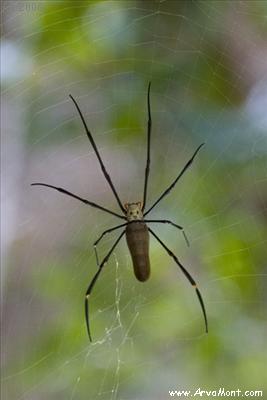
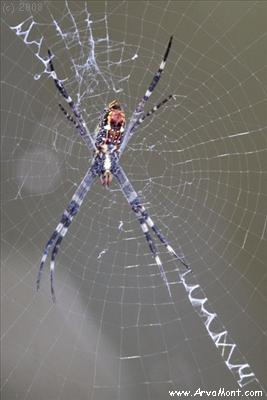 We have not been able to id the first spider. The second
spider is a St. Andrew's Cross.
We have not been able to id the first spider. The second
spider is a St. Andrew's Cross.
It is hard to
appreciate just how big this first spider is. We were minding our own
business, hiking through the woods at the base of the escarpment near Nourlangie,
when Anika leapt out of her boots and shrieked! She found this guy hanging
among the branches just to the right of the path. Since Anika has been
taking about Australia being renamed The Land of Snapping
Jaws and Shooting Venom, she has been very nervous about spiders, snakes,
sea wasps and crocodiles! She was shaking from head to toe, but this
spider just sat there.
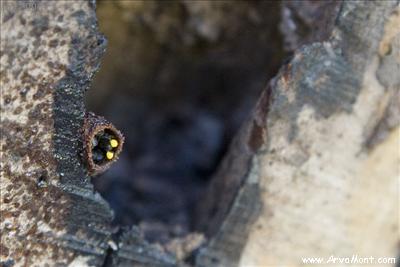
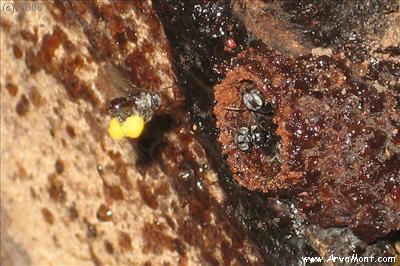
We watched these bees for a long time.
They are tiny, and their nest is a hollow in the fork of a tree. The bees
coming in, seem to have very round, yellow rear legs. The ones leaving,
however, look just like tiny bees with regular legs. So we deduced that
this must be pollen and nectar being carried into the nest.
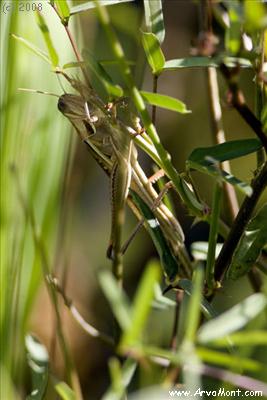
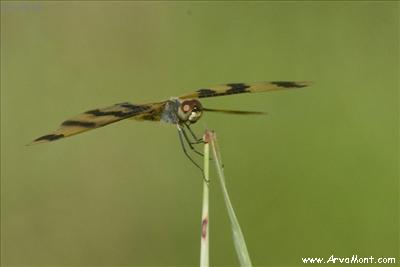
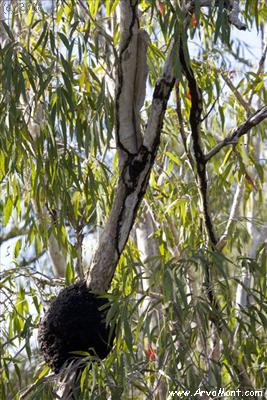
Look closely, see the grasshopper?
There must be hundreds of different kinds of dragonflies in Kakadu!
^ This is a termite nest, built high in the trees, to stay dry during the wet.
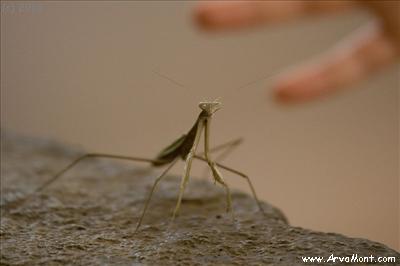
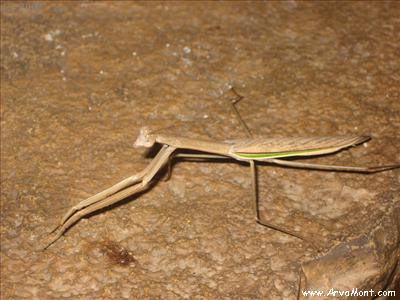 praying mantis
praying mantis
History
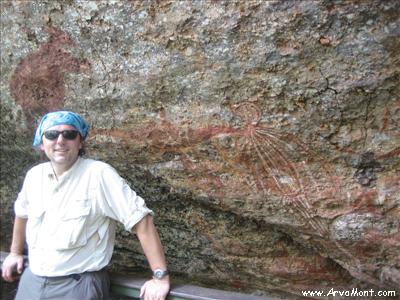
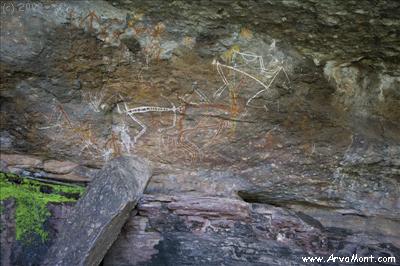
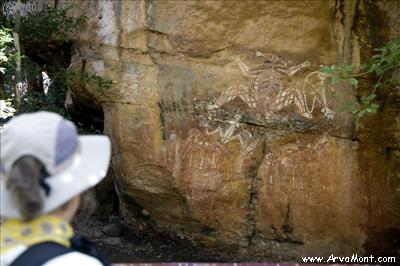
A little rock art at Nourlangie.
According to Aboriginal custom, the clan's artist touched up the art left
behind. There is evidence, however, that some of this artwork was originally drawn
many thousands of years ago.
And this...
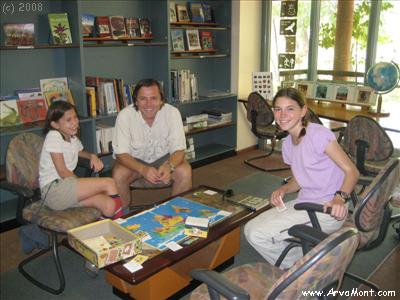
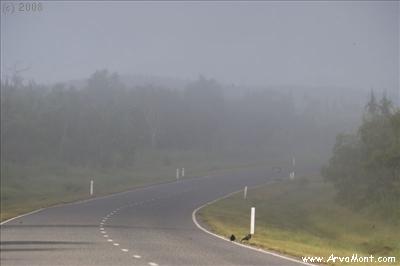
The library at the visitor centre was
air conditioned and they had this cool game, BioViva, which we enjoyed playing,
twice!
Darwin
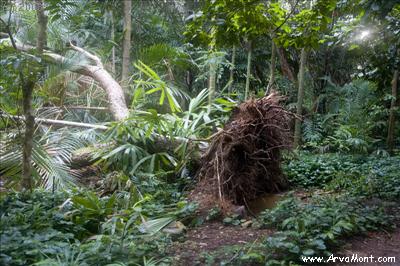
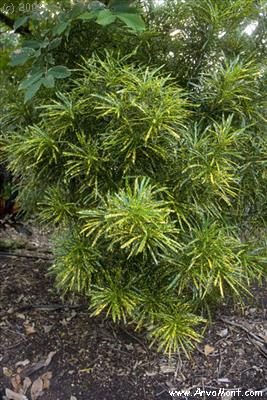 At the botanical garden
At the botanical garden
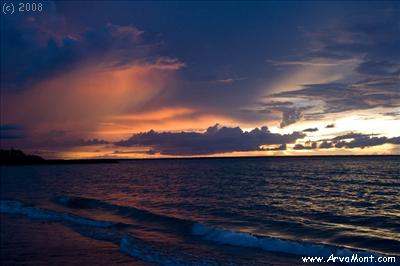
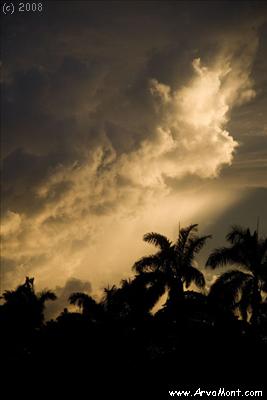 Near the harbor
Near the harbor
Northern Territory Wildlife Center
This is a center that houses only animals native to the Northern Territories.
We particularly enjoyed the birds of pray show. (Big surprise - I know!)
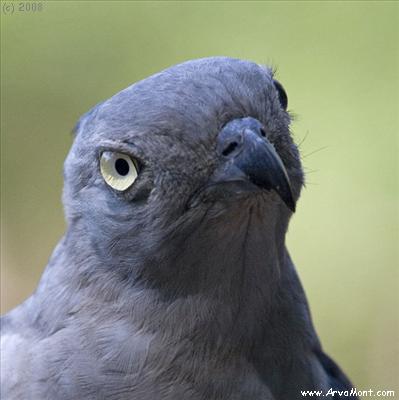 Pacific Baza
Pacific Baza
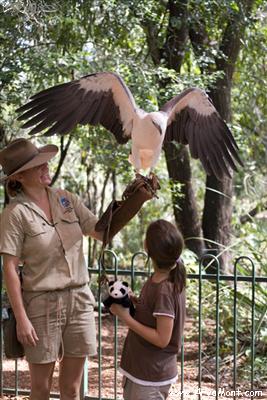
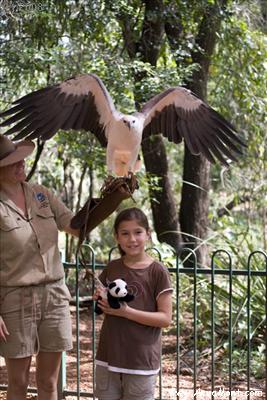
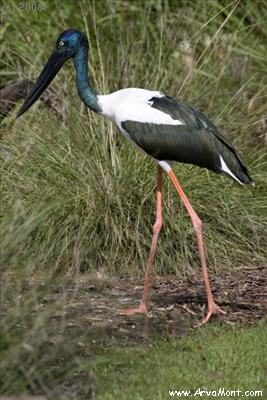
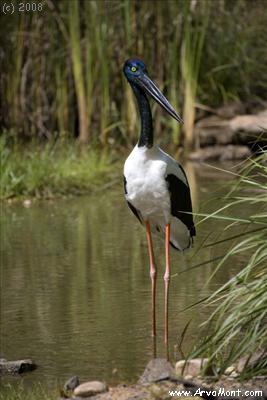
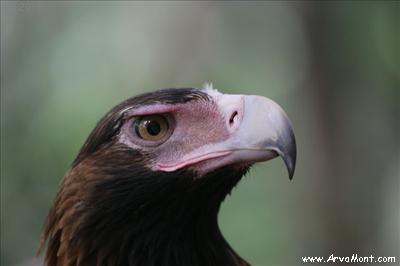
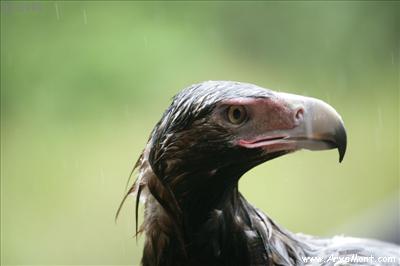
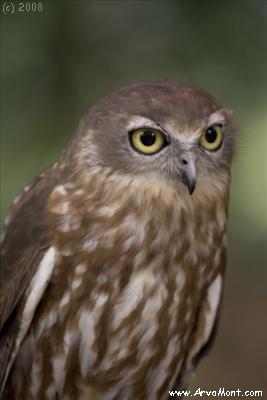
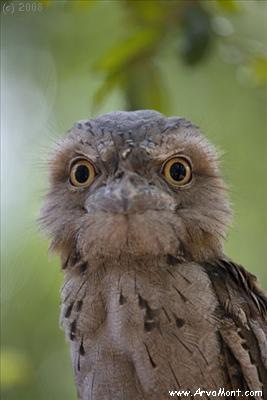
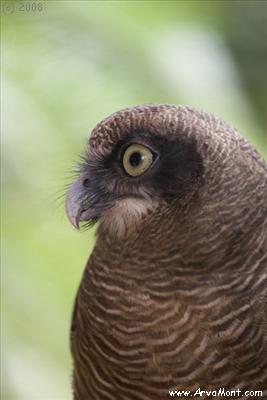
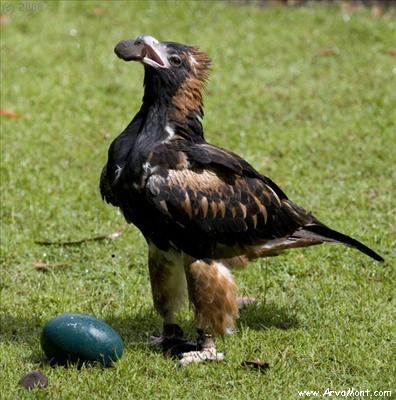 This
black breasted buzzard is demonstrating how to get into an emu egg! This
black breasted buzzard is demonstrating how to get into an emu egg!
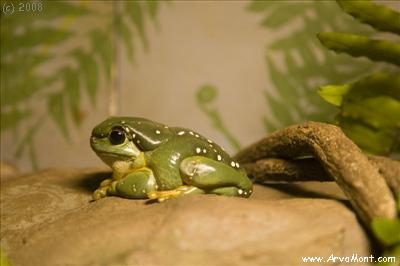
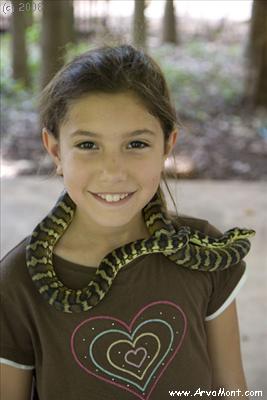
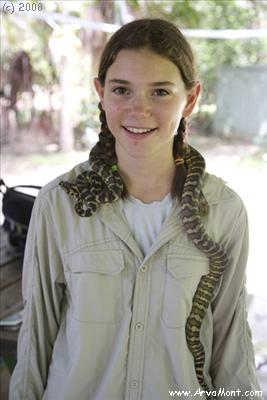
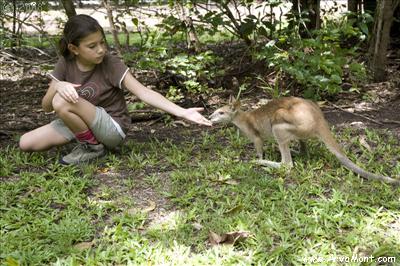
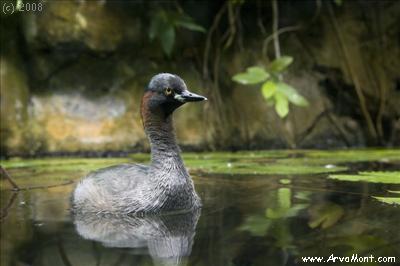
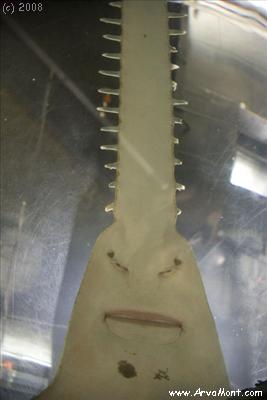
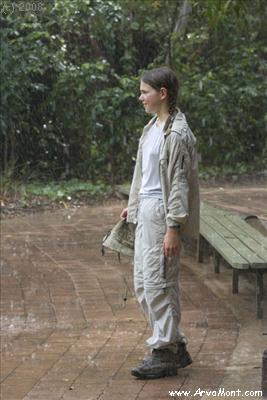
This is what the rest of the Northern
Territories is called! And as you fly into Alive Springs you can certainly
see why. From the air it is very red!
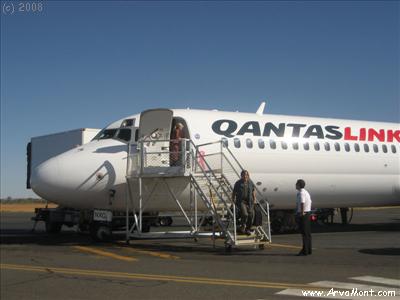
We only spent a night in Alice
Springs. Then we rented a car and drove to Uluru - four hours down a
narrow country road designated as a national highway, with corresponding speed, through desert land with road trains as moving obstacles.
(An Australian road train is a semi pulling up to 4 trailers!)
Arriving in Alice
Springs
Yannis approved of this caution, aged people crossing sign, allowing ready
access for seniors to the
Old Timers Museum!
Yulara or Ayers Rock Resort
This is a planned resort just outside
the Uluru/Kata Tjuta National Park. There is no accommodation inside the
park. Strangely, there isn't really that much to do in the park either.
There are 3 walks at Uluru - around the rock, up the rock and then a wimpy
nature walk out by the cultural centre. Kata Tjuta suffers from the same
problem. Two walks, one into each gorge, with the valley of the winds walk
possible when it isn't too hot or too windy.
Uluru
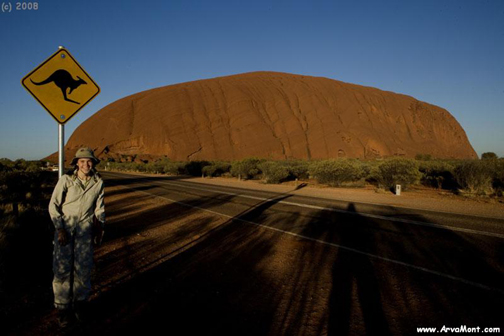
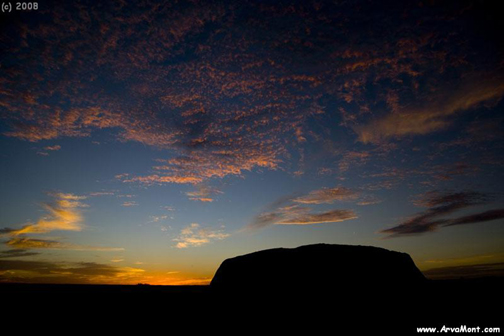
The scientific theory of the origin of Uluru and Kata Tjuta, which
is clearly articulated next to the aboriginal explanation, is that the two rocks
were formed in the runoff plain of the mountains to the north many millions of
years ago. The two formations have different compositions, because they
are the result of the run off of different parts of the mountains. Uluru
is a solid sedimentary rock, while Kata Tjuta is made of a composite
rock, many pieces of which have fallen off making hiking more challenging. When
the two were geologically lifted, the Kata Tjuta lifted straight up and
has since been weathered, while only a small section of the rock that makes up
Uluru is above ground, and that section was folded and currently sits
perpendicularly to the way it was formed. This is why you can see vertical
striations in many of Yannis' photos. They say that Uluru extends
for five kilometers underground!
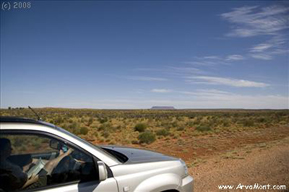
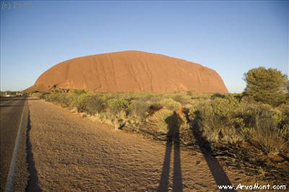
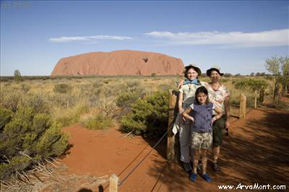
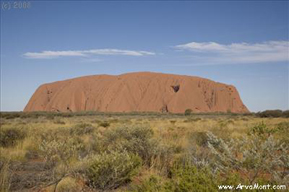
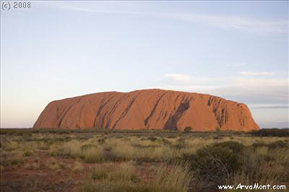
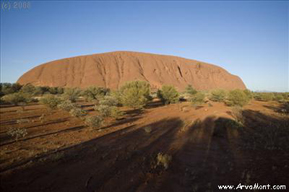
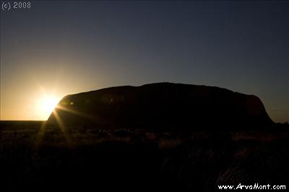
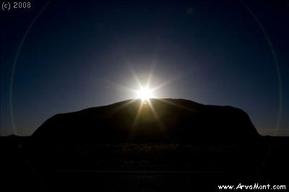
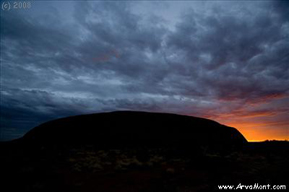
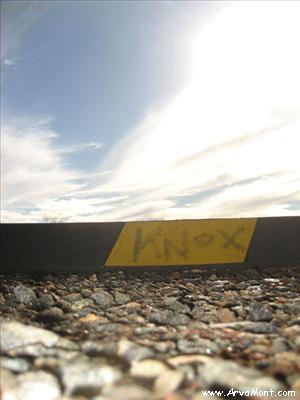
Our
friends the Knoxes traveled around Australia in the nineties,
and we think they
left us this little message
in the sunset viewing parking lot at Uluru!>>
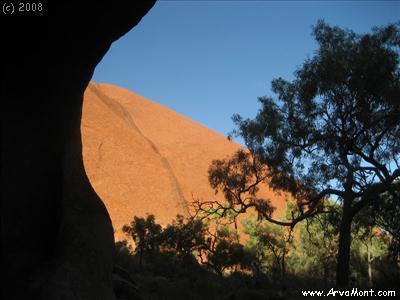 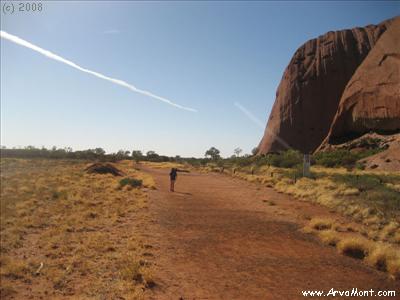
Anika was not thrilled to be hiking around Uluru, but thought she should
just get it over with. She was so far out ahead of us that a couple of
rangers in a Jeep flagged her down! After that she waited for us. It
is true that we made a strategic error. First, we started walking much
later than we would have liked. Second, we walked clockwise, beginning at
the base of the hike up, so that we could walk in the shade for the second half
of the walk. Unfortunately, by the time we reached the part that was in
deep shade when we started our walk, it was basically in full sun. By that
time it was around noon! The whole walk took us just under four hours;
four hot, sunny, sweaty hours! (It was hot sunny and sweaty everyday for
the four days we were there! Of course the morning we departed it was cool
and cloudy!)
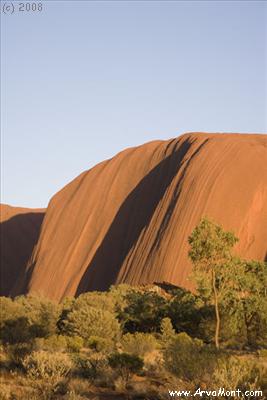
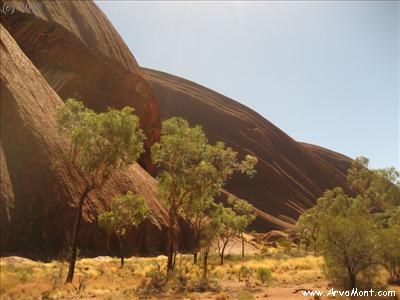
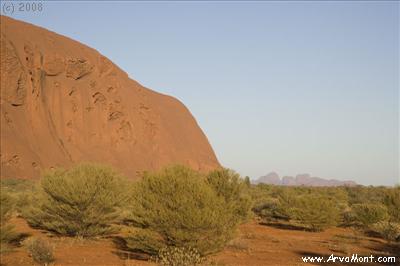
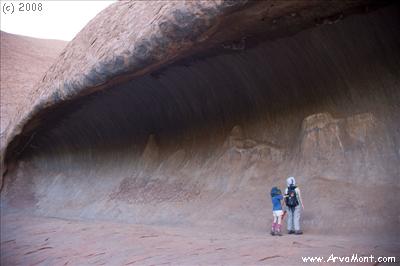
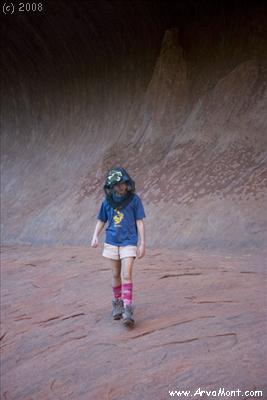
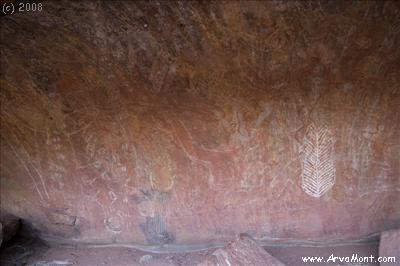
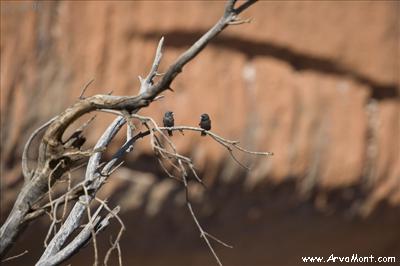
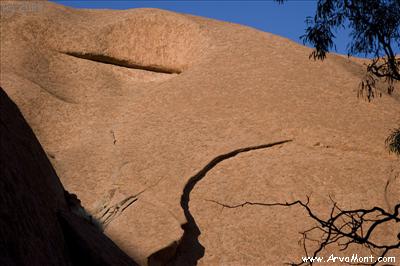
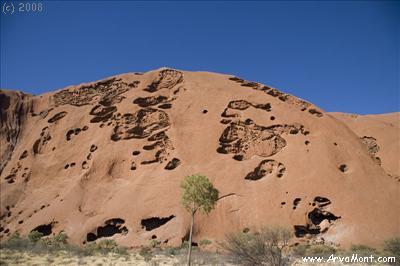
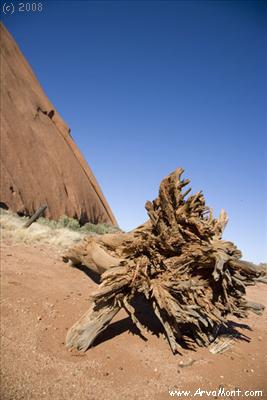
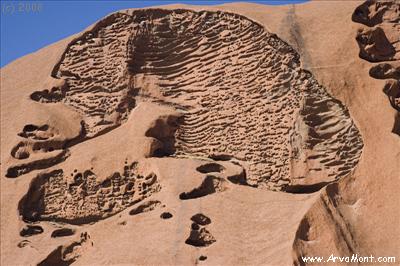
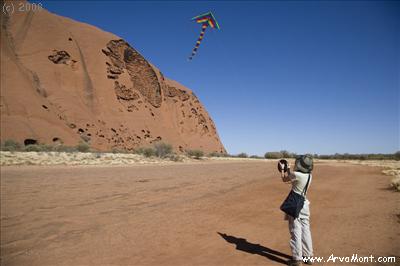
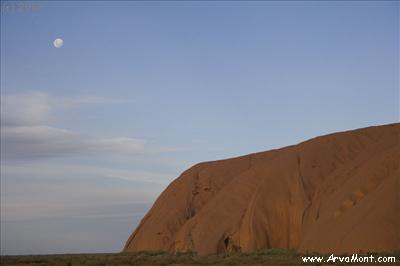
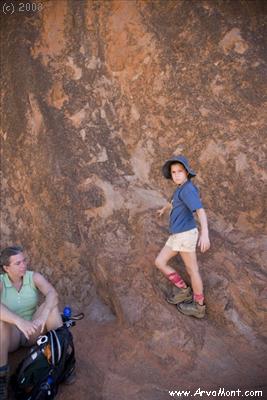
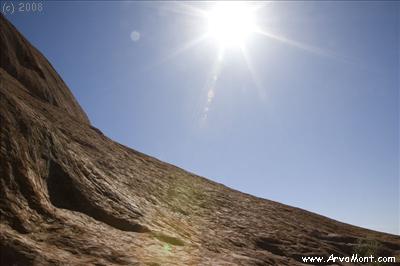
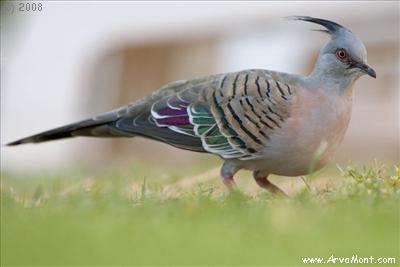 Crested Pigeon - they whistle when they fly - funny!
Crested Pigeon - they whistle when they fly - funny!
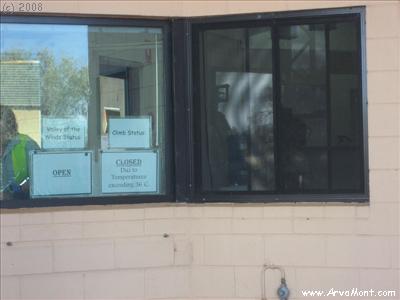
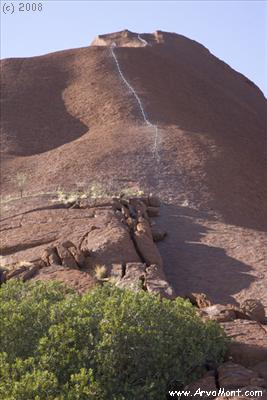
The aboriginals ask that you don't
climb Uluru, but we did not have to decide whether or not to climb, because the wind and heat
closed the climb the entire time we were there. Here is the start of the
climb.
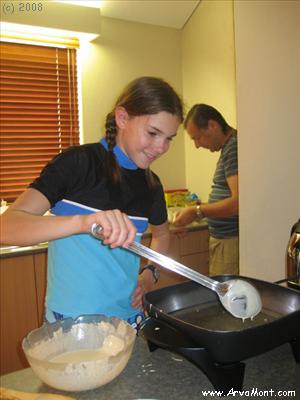
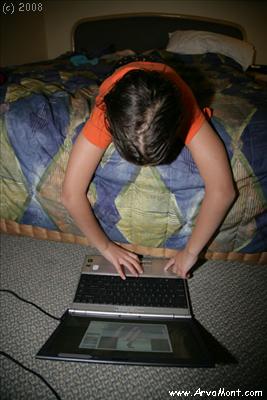
The first time we had a kitchen in
months - hurray, let's make pancakes! Tasha cooks while Anika studies.
Kata Tjuta
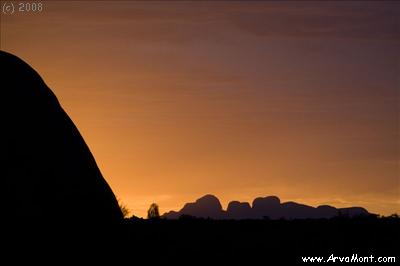 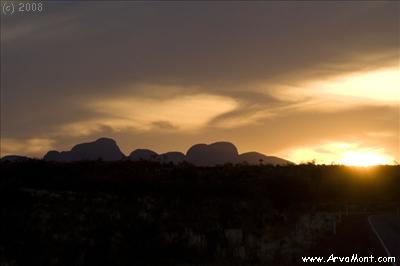
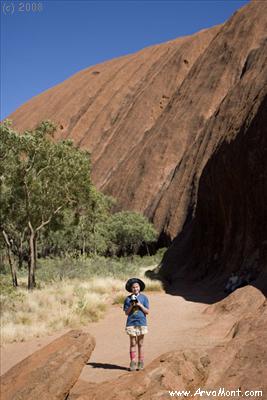
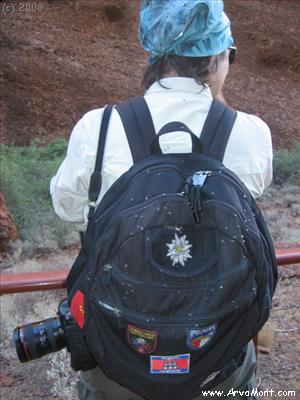
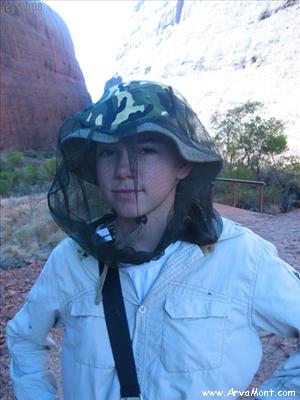
Next competition: How many flies
are sitting on Yannis and his backpack in this photo?
Click here to enter your count!
>
Sydney
From Australia we flew to New Zealand.
|  Around
the World With the ArvaMonts
Around
the World With the ArvaMonts








































































